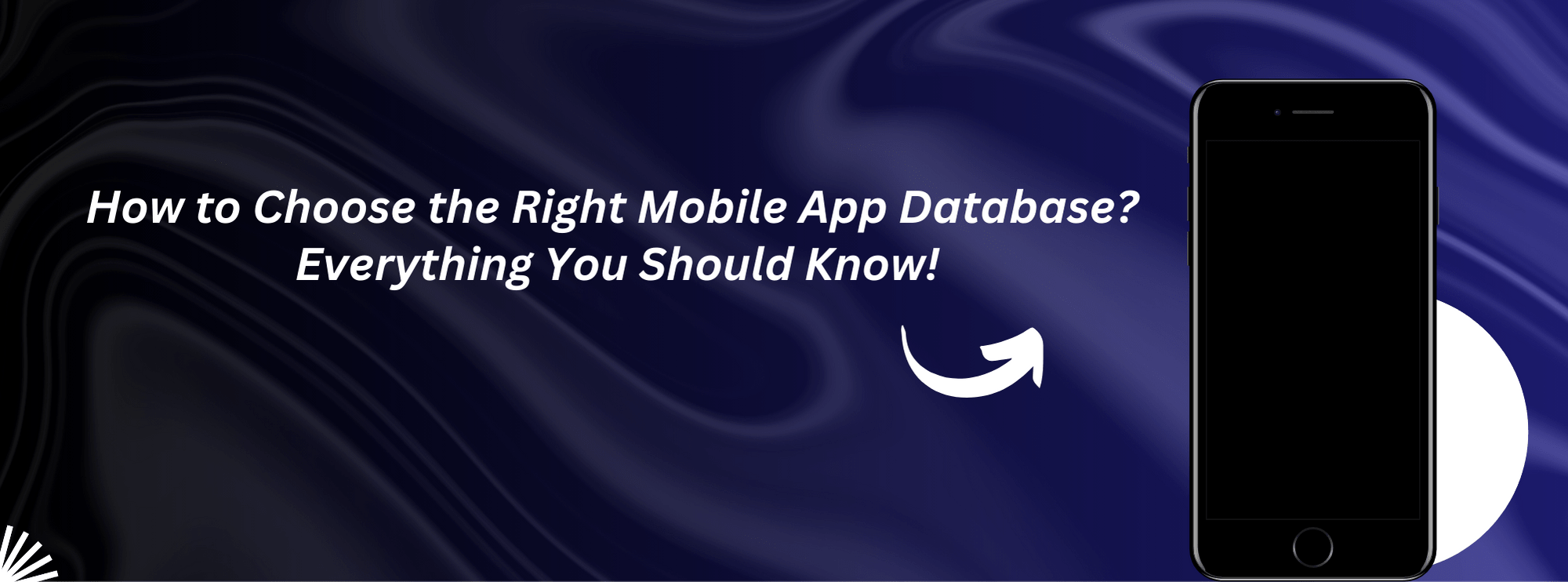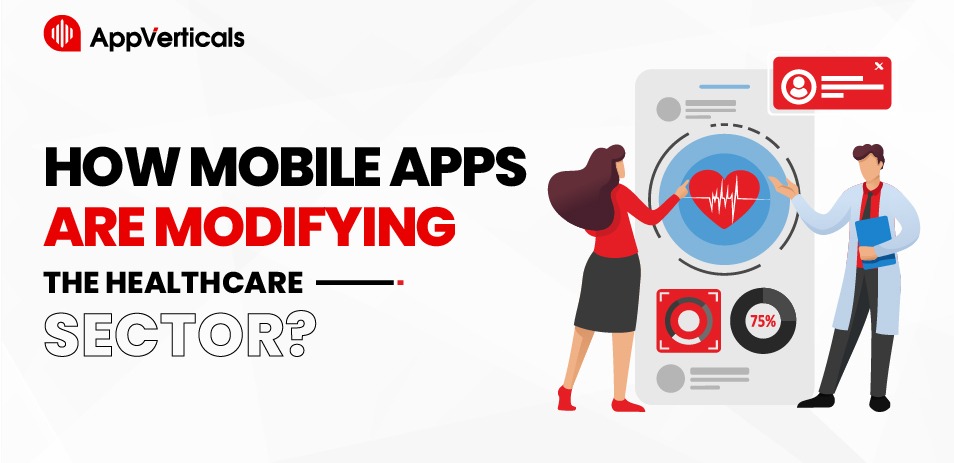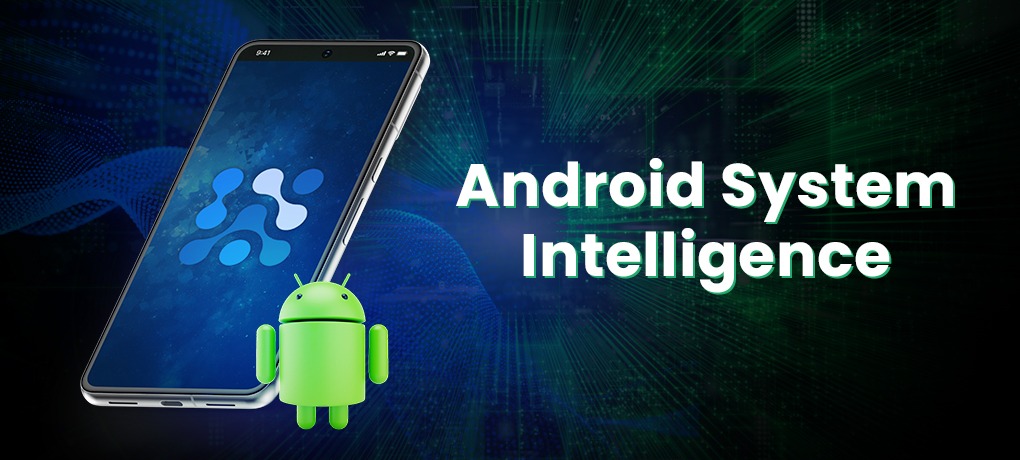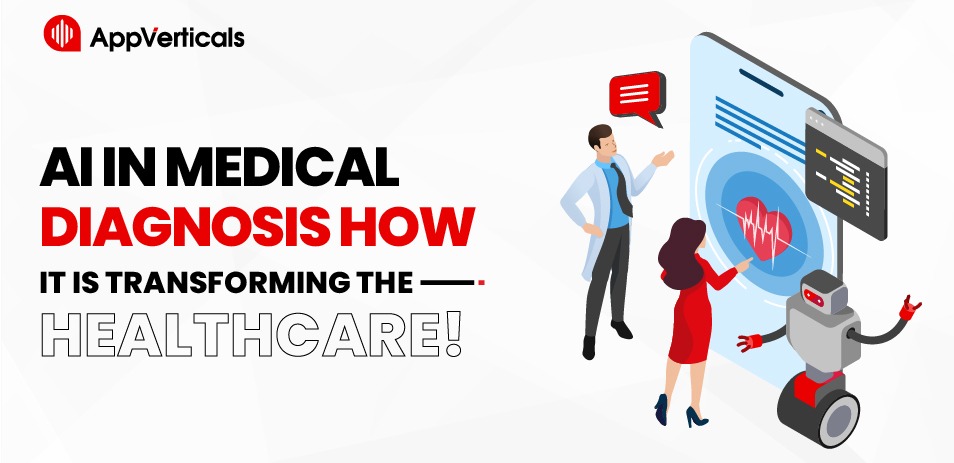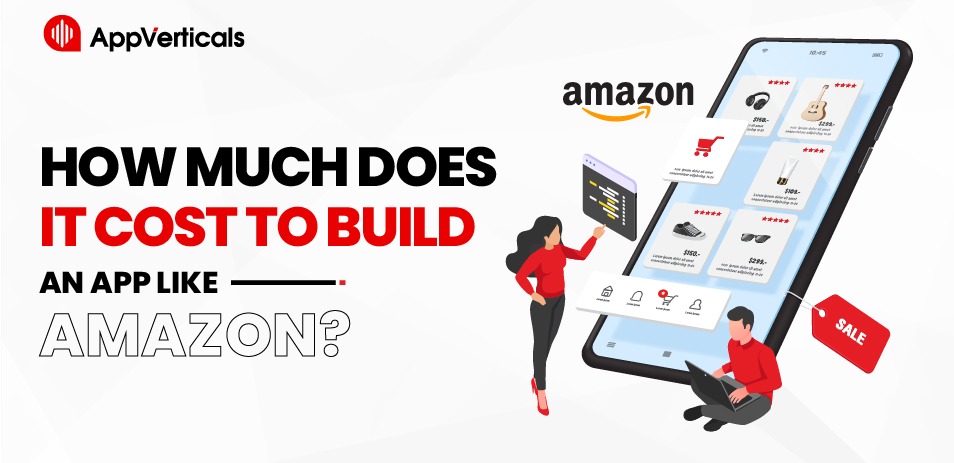Selecting the appropriate mobile app database is a critical decision in any mobile application development. But, the choice you make can significantly impact your app’s performance, scalability, and overall user experience.
Oracle has 30.2% of the database market, followed by MySql and SQL Server, which have 16.65% and 13.21%, respectively. These three databases jointly represent a sizable 62% of the market, illustrating Oracle, MySql, and SQL Server’s continued dominance in the database environment despite slight percentage decreases.
In this article, we will guide you through the process of choosing a suitable mobile app database, catering to both beginners and experts in the field.
Data Type and Structure:
The first step in choosing the right mobile app database is to have a clear understanding of your application’s requirements. This foundational step is essential for making an informed decision that aligns your database choice with your app’s functionality and performance needs.
Is it structured, semi-structured, or unstructured data? This distinction is fundamental, as different databases are optimized for specific data types. For example, relational databases excel with structured data, while NoSQL databases offer flexibility for semi-structured or unstructured data.
There are various types of mobile app databases to choose from, and your choice should align with your app’s needs. Here are some common types:
Relational Databases:
- The global Relational Database Management System market was worth USD 68553.4 million in 2022, and it is predicted to grow at an 11.74 percent CAGR during the forecast period, reaching USD 133448.64 million by 2028.
- These databases use a structured format consisting of tables with rows and columns.
- They’re excellent for applications requiring complex queries and data integrity.
- Suitable for apps with well-defined data schemas and relationships, such as financial systems and e-commerce platforms.
- MySQL, PostgreSQL, and Oracle DB are the top examples.
NoSQL Databases:
- In a study, many NoSQL database firms have 20 to 49 employees (30,374 companies), 100 to 249 employees (21,598 companies), and 0 to 9 employees (15,937 organizations).
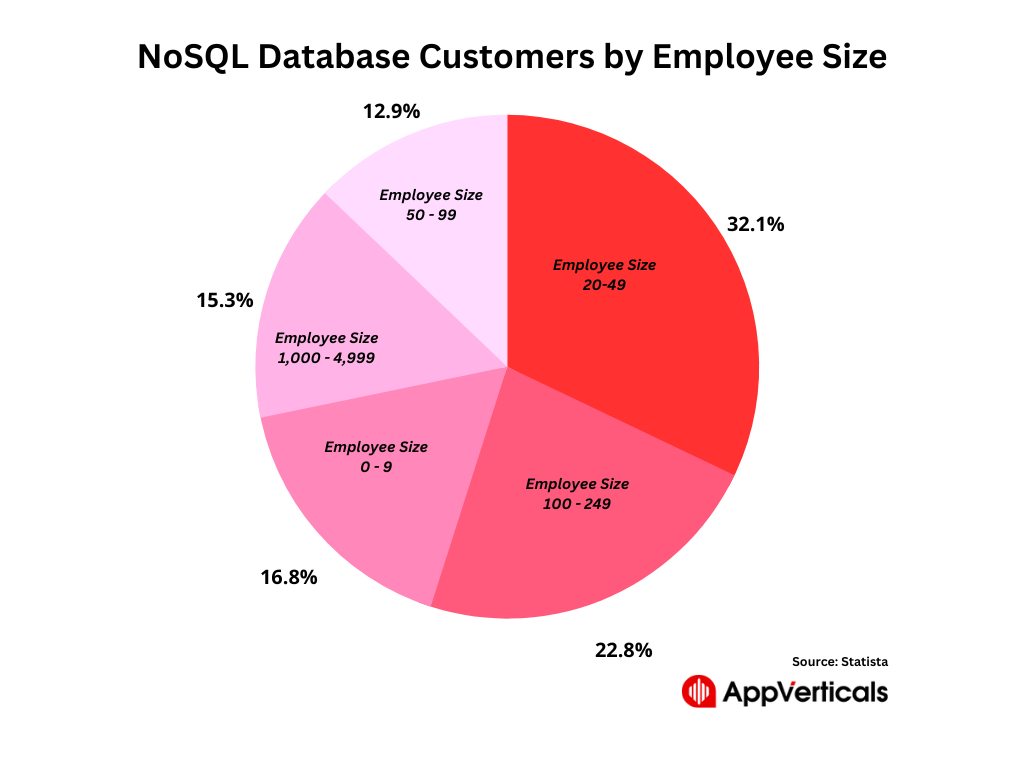
- NoSQL databases are more flexible, allowing for unstructured or semi-structured data. They excel at handling large volumes of data and offering high scalability.
- Ideal for apps that manage large volumes of data or require horizontal scalability, like social networks and real-time applications.
- Firebase, Couchbase, and DynamoDB are top examples.
Object-Oriented Databases:
- These databases store data in the form of objects, making them suitable for object-oriented programming languages.
- They offer seamless integration with the app’s code.
- Great for applications that work with complex object data structures, like gaming and multimedia apps.
- Realm is the most famous Android app database example.
Crafting Your Ideal Mobile App/Experience Starts Here!
Ready to elevate your business? Your custom app is just a click away.
Yes Let’s goIn-Memory Databases:
- Over the forecast period, the in-memory database market is expected to grow at a CAGR of 19%. The market for in-memory databases is regarded as the next stage after regular databases.

- In-memory databases store data in the server’s main memory (RAM), offering speedy read and write operations. However, they may have limited data durability.
- They are used for applications where speed is critical, such as caching systems and real-time analytics.
- Redis and Memcached are the best examples.
Graph Databases:
- During the projected period, the global graph database market is expected to develop at a compound annual growth rate (CAGR) of more than 30%, reaching USD 3.05 billion by 2026.
- Graph databases excel at managing complex relationships and interconnected data.
- They are used to represent data as nodes and edges in a graph.
- Ideal for applications that deal with highly interconnected data, like social networks and recommendation engines.
- Neo4j and Amazon Neptune are the top examples.
Columnar Databases:
- Columnar databases organize data by columns rather than rows, which is efficient for analytics and reporting where specific columns need to be retrieved.
- They are commonly used in data warehousing and analytical applications.
- Apache Cassandra and ClickHouse are the examples.
Time-Series Databases:
- The On-Premise category accounted for a substantial proportion of the worldwide Time Series Databases Software Market in 2023 and is expected to increase significantly shortly.
- These databases are optimized for storing and querying time-stamped data, making them ideal for applications that deal with time-series data.
- Well-suited for IoT applications, monitoring systems, and financial data analysis.
- InfluxDB and Prometheus are the famous examples.
Key Considerations for Data Types and Structures
These considerations play a crucial role in determining which mobile app database is the right fit for your application’s data needs.
| Data Type and Structure Considerations | Description |
| Data Types Supported | Identify the data types your app will use. Choose a database that supports these types to ensure data consistency and accuracy. |
| Structured vs. Unstructured Data | Determine if your app will primarily handle structured data (e.g., tables) or unstructured data (e.g., documents). Select a database that aligns with your data’s nature. |
| Normalization and Denormalization | Consider whether your data requires normalization (minimizing data redundancy) or denormalization (improving read performance). Choose a database that allows flexibility in data modeling. |
| Relational or NoSQL Database | Decide between a relational database (tabular, structured) or a NoSQL database (document-based, flexible). The choice depends on your app’s data complexity and relationships. |
| Schema Flexibility | Assess the level of schema flexibility required. NoSQL databases often offer schemaless structures, while relational databases have predefined schemas. |
| Data Validation and Constraints | Determine if your app needs data validation rules and constraints. Relational databases typically provide strong validation, while NoSQL databases offer more flexibility. |
| Scalability of Data Models | Consider the scalability requirements. NoSQL databases can easily adapt to changes in data models and accommodate growth. |
| Query Complexity | Evaluate the complexity of the queries your app will use. Relational databases excel in complex querying, while NoSQL databases may be more suitable for simple queries. |
| Hierarchical Data | If your app handles hierarchical data (e.g., categories, comments), choose a database that supports these structures efficiently. |
| Geo-spatial Data | For apps that use location-based or geo-spatial data, opt for databases that offer robust geo-spatial indexing and querying capabilities. |
| Data Versioning and History | Determine if your app needs data versioning or history tracking. Some databases offer features for managing data changes over time. |
Most Popular Database Management Systems
Oracle had a ranking score of 1240.88 as of September 2023, making it the best online database management system (DBMS) in the world; MySQL and Microsoft SQL servers filled out the top three. Despite the presence of some of the largest firms in the technology industry, such as Microsoft, Oracle, and IBM, several free and open-source DBMSs, such as PostgreSQL and MariaDB, remain competitive.
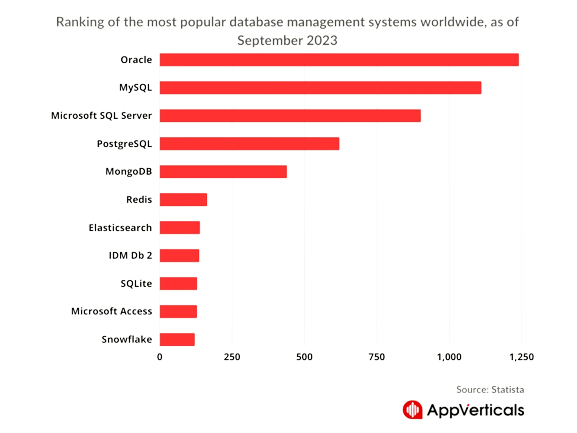
Query Complexity:
Query complexity is a crucial factor when selecting the proper mobile or Android app database for your application. It refers to the intricacy of database queries, or in simpler terms, how difficult it is to request and retrieve data from the database. Here are some key points to consider:
- Simplicity is Key: The database should allow for straightforward and efficient querying.
- Optimized Performance: Choose a database that can handle your queries efficiently.
- Indexing: Look for a database that supports indexing, as it can significantly speed up query execution.
- Query Language: Consider the database’s query language. Some databases use SQL (Structured Query Language), which is widely known and supported.
- Scaling: As your app grows, the complexity of queries may increase. Ensure that the selected database can scale with your needs, maintaining performance even with intricate queries.
- Data Structure: The way your data is structured can impact query complexity. NoSQL databases, for instance, are well-suited for specific data structures and query types.
- Database Support: Consider the availability of support and resources for the chosen database.
Performance and Speed:
These two aspects can significantly impact the user experience and overall success of your app.
Performance:
Performance refers to how efficiently the database system operates when handling data. A well-performing mobile database ensures that apps run smoothly and respond promptly to user interactions. Here are some key points to consider:
- Response Time: A performant database should provide low response times, allowing your app to retrieve, update, and store data quickly. Slow response times can frustrate users and lead to app abandonment.
- Scalability: As your app grows and more users engage with it, the database needs to scale gracefully to accommodate increased demands.
- Optimized Queries: Make sure the database supports indexing and query optimization to speed up data retrieval.
- Caching Mechanisms: Consider a database that integrates well with caching systems like Redis or Memcached.
Speed:
Speed is a vital aspect of performance and directly impacts the user experience. Faster apps tend to be more engaging and satisfying to users. Here’s how speed affects your app:
- Loading Times: Fast-loading apps are more likely to retain users.
- Real-Time Functionality: If your app requires real-time features, such as chat or live updates, the database must support rapid data synchronization across devices.
- Offline Capabilities: A database that allows for seamless data synchronization when the device reconnects to the internet is essential.
- Consistency: In scenarios where data consistency is vital, such as financial apps, speedy transactions and updates are non-negotiable.
When choosing a Android app database, prioritize performance and speed to ensure your app functions efficiently and provides an exceptional user experience.
Crafting Your Ideal Mobile App/Experience Starts Here!
Ready to elevate your business? Your custom app is just a click away.
Yes Let’s goData Security:
In September 2023, there were 71 publicly reported security incidents, accounting for 3,808,687,191 compromised records, bringing the year’s total to more than 4.5 billion.
Phishing is likely the most well-known cybersecurity problem, and data show that most cybersecurity experts are concerned about it. The purpose remains primarily to steal credentials, and younger users appear to be less prepared for this type of assault.
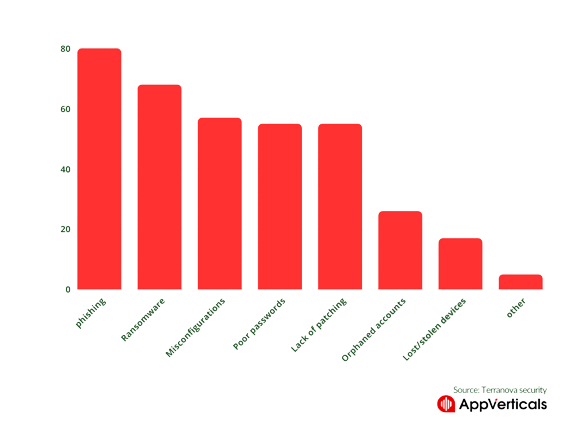
Data breaches and cyber threats have become increasingly prevalent, making it imperative to prioritize cybersecurity from the very beginning of your database selection process. Here, we’ll explore the critical aspects of security that must be evaluated when making this crucial decision.
- Data encryption is the first line of defense for your database. It involves converting sensitive information into a coded format that can only be decoded with the proper encryption keys.
- Implementing role-based access control (RBAC) and strong password policies is essential to maintain data integrity.
- Database security should include firewalls and intrusion detection systems (IDS) to protect against external and internal threats. Firewalls prevent unauthorized network traffic from reaching the database server, while IDS actively monitors suspicious activities and alerts administrators to potential security breaches.
- Regularly back up your data and have a process in place to restore it quickly in case of any data loss.
- To protect sensitive information, consider data masking and redaction techniques. These methods hide or anonymize specific data fields to limit access to confidential data while still allowing the use of the database.
- Depending on your app’s purpose and the user data it handles, you may need to comply with specific data protection regulations, such as GDPR or HIPAA.
- If your app relies on third-party services or APIs that interact with your database, ensure that these integrations adhere to stringent security standards and don’t introduce vulnerabilities.
Scalability:
Scalability refers to the ability of a database to adapt and grow in response to increased data volume and user demands.
Will your app need to handle a growing user base and increasing data volume over time? If so, opt for a database that can scale horizontally by adding more servers.
Let’s explore how scalability impacts choosing the correct mobile app database:
Vertical vs. Horizontal Scalability:
Scalability can be categorized into two primary types: vertical and horizontal.
- Vertical Scalability: This approach involves adding more resources (CPU, RAM, or storage) to your existing server to handle increased loads. It is suitable for applications with moderate growth expectations.
- Horizontal Scalability: It involves adding more servers to your infrastructure as your app’s demand increases. It offers a more sustainable and cost-effective solution for handling increased workloads.
Database Sharding:
Sharding involves breaking your database into smaller, more manageable parts and distributing them across multiple servers. Each shard is responsible for a subset of your data.
Load Balancing:
Load balancers distribute incoming user requests evenly across multiple servers, ensuring optimal resource utilization.
Replication:
This serves multiple purposes, including enhancing data redundancy and fault tolerance. Replication can also improve read performance by allowing read requests to be distributed among various replicas, reducing the load on the primary server.
Automatic Scaling:
Some modern database systems offer automatic scaling features, which allow them to adapt to changing workloads without manual intervention. This “auto-scaling” approach ensures efficient resource utilization and cost savings.
Elasticity:
Cloud-based databases often provide the elasticity required for seamless scalability. This means you can effortlessly increase or decrease your database resources based on real-time demand, paying only for what you use.
To future-proof your application and ensure it can handle increasing data volumes and user demands, prioritize databases that support horizontal scalability, sharding, load balancing, replication, automatic scaling, and elasticity.
Budget Constraints:
Budget constraints are a consideration. Some databases are open-source, while others require licensing fees. It’s essential to consider your budget and the various cost factors when determining the right database solution for your needs. Here are the key cost considerations for choosing the right mobile app database:
- Licensing fees
- Hosting costs
- Maintenance expenses
- Scalability costs
- Integration expenses
- Backup and disaster recovery costs
- Development costs
- Training and support
- Regulatory compliance costs
- Data transfer and bandwidth fees
- Hardware costs
By carefully considering these cost factors, you can select a database that meets your needs while staying within your budget constraints.
Ease of Integration:
Integration refers to the database’s compatibility with your application’s architecture, software, and other components. A seamless integration can save time, reduce development costs, and improve the overall performance of your app.
Why Is Ease of Integration Important?
- Time efficiency
- Cost savings
- Enhanced user experience
Assessing Ease of Integration:
- API Support: Check if the database offers robust and well-documented APIs (Application Programming Interfaces).
- Developer-Friendly Tools: Look for databases that provide developer-friendly tools, libraries, and SDKs (Software Development Kits).
- Compatibility: Ensure the database is compatible with your chosen development framework, programming language, and operating system.
- Scalability: A scalable database should seamlessly handle an increasing volume of data and users.
- Support and Documentation: Verify that the provider offers responsive customer support and comprehensive integration guides.
- Data Migration: The database should offer tools or processes for smooth data transfer.
- Third-Party Integrations: If your app relies on third-party services, such as payment gateways or analytics tools, ensure that the database can easily integrate with these external systems.
- Testing Environment: Before finalizing your choice, set up a testing environment to simulate the integration process.
Integration With Development Stack:
Check the compatibility of the database with the programming languages and app development frameworks. Smooth integration ensures that your app operates seamlessly with the chosen database.
This integration profoundly influences the efficiency and effectiveness of your application.
How Important Is The Integration With Your Development Stack?
- Compatibility reduces development complexity and enhances performance. Ensure that the chosen database aligns with the development framework you’re using, such as React Native, Flutter, or native development.
- Look for databases that offer Software Development Kits (SDKs) and Application Programming Interfaces (APIs) for your chosen development platform. These tools streamline database integration, making it easier for developers.
- Consider the programming languages your development team is proficient in. Choose a database that supports these languages to facilitate development and troubleshooting.
- If your mobile app interacts with server-side components, ensure that the database is compatible with your server technology stack, such as Node.js, Ruby on Rails, or Java.
- If you’re building cross-platform apps, the database should seamlessly work with different operating systems and platforms, such as iOS and Android.
- Evaluate how easily the database can be integrated with cloud services like AWS, Google Cloud, or Azure.
- Check whether the database supports third-party libraries and tools commonly used in your development stack.
- A thriving developer community and available resources, such as documentation and tutorials, can significantly aid in integrating the database into your development stack.
By considering these factors, you can make an informed decision that aligns with your project’s needs and goals.
Crafting Your Ideal Mobile App/Experience Starts Here!
Ready to elevate your business? Your custom app is just a click away.
Yes Let’s goReliability and Support:
Consider the track record and reputation of the database provider. A reliable database with good support can save you from headaches down the road.
These elements are vital for ensuring your app’s consistent performance, minimizing downtime, and having assistance available when issues arise.
Why reliability and support are essential?
- Consistent performance
- Data integrity
- Reduced downtime
- Quick issue resolution
Assessing Reliability and Support:
- Uptime Records: Examine the provider’s historical uptime records. A high percentage of uptime (ideally 99.9% or higher) indicates a reliable database service.
- Data Backups: Reliable databases should have robust backup systems in place to protect your data.
- Scalability: Consider whether the database can scale seamlessly to accommodate growth. A scalable database can adapt to increased data volumes and user traffic without compromising performance.
- Security Measures: Robust security measures are a hallmark of reliable databases, as they help protect your data from breaches.
- SLAs (Service Level Agreements): Review the provider’s SLAs, which detail their commitments regarding uptime, response times, and issue resolution.
- Community and User Feedback: Explore online forums and user reviews to gauge the provider’s reputation for reliability and support. The experiences of other developers and businesses can offer valuable insights.
- Support Channels: Evaluate the provider’s support channels, including email, phone, and live chat.
- Documentation: Look for comprehensive guides, tutorials, and a knowledge base.
- Training and Onboarding: If your team needs training or onboarding support for the database, ensure the provider offers these services.
Testing and Benchmarking:
Before finalizing your choice, perform testing and benchmarking with your app’s data and usage scenarios. This will help you assess the performance of the database under actual conditions.

Rigorous testing and benchmarking help evaluate a database’s performance, scalability, and reliability.
The Significance of Testing and Benchmarking:
- Testing and benchmarking enable you to gauge the database’s performance. This includes evaluating its speed in processing data queries and transactions.
- Determine how well the database can handle increased workloads and data volume as your app grows. Scalability testing ensures it can grow with your application.
- Testing helps uncover any potential issues that may affect the database’s reliability. It ensures data integrity and minimizes downtime.
- Security testing is essential to identify vulnerabilities and ensure that your data is protected from potential threats and breaches.
Steps in Testing and Benchmarking:
- Test Plan Development: Create a detailed test plan outlining the specific tests you’ll conduct, the expected outcomes, and the criteria for success.
- Performance Testing: Evaluate the database’s performance by measuring its response time, throughput, and resource utilization under varying workloads.
- Scalability Testing: Test the database’s ability to scale, both vertically (adding resources to a single server) and horizontally (adding more servers). Assess how it handles increased loads.
- Reliability Testing: Identify potential points of failure and test the database’s resilience against data loss and corruption. This involves failure and recovery scenarios.
- Security Testing: Conduct security assessments to uncover vulnerabilities and weaknesses. Test for authentication, authorization, encryption, and intrusion prevention.
- Benchmarking: Benchmark the database against industry standards and competitors to see how it measures up in terms of speed, efficiency, and resource usage.
- Load Testing: Evaluate how the database performs under heavy loads. This includes simulating peak user activity to ensure it can handle your app’s demand.
- Stress Testing: Push the database to its limits to determine the breaking point and how it recovers from such situations.
- Failover and Recovery Testing: Assess how the database handles failovers and recovers data in case of server or system failures.
- Security Penetration Testing: Employ ethical hackers to attempt to breach the database’s security measures. This identifies potential vulnerabilities.
- Interpreting Test Results: Look for optimal response times and minimal resource consumption. Ensure the database scales efficiently as your app’s demands increase. Also, verify that the database can recover data and continue functioning after failures.
- Security: Confirm that security tests identify and address vulnerabilities. Compare the database’s performance to industry benchmarks and competitors.
By conducting a thorough assessment, you can make an informed decision that positively impacts your app’s functionality and user experience.
Bottom Line!
Choosing a suitable mobile app database is a pivotal decision in your app’s development. By considering factors like the type of database, scalability, security, cost, and ease of integration, you can make an informed decision that sets your app up for success. With the right mobile app database, your application will not only function seamlessly but also deliver an exceptional user experience.
Need more help? Don’t hesitate to consult with the top-notch professionals of AppVerticals.

